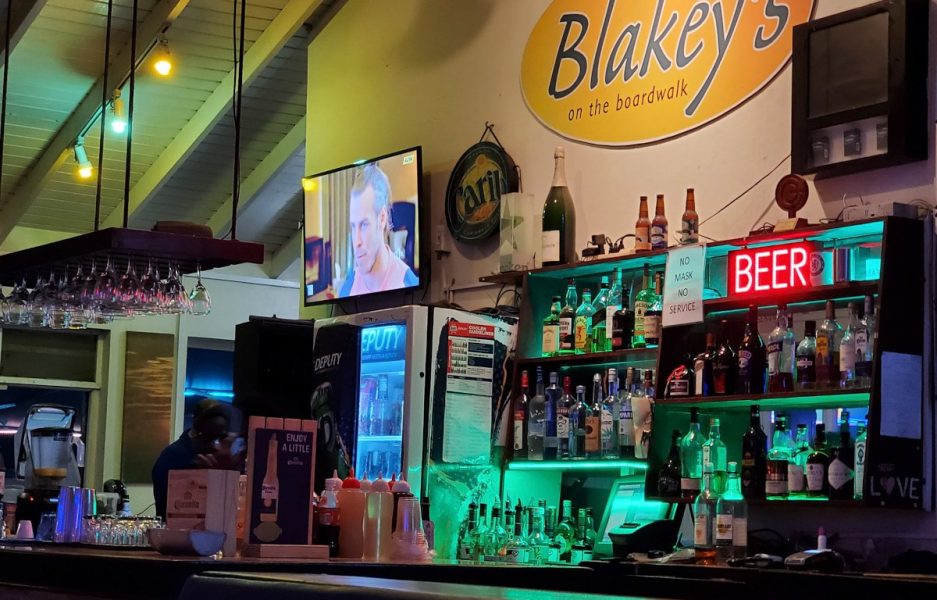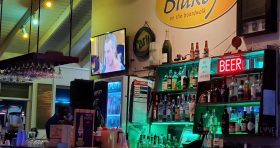What Is Rum?
Rum is an alcoholic beverage made from the by-products of sugarcane (namely molasses or cane juice) and is produced by a 300 year old process of fermentation and distillation. Rum is classified as a spirit, but what makes it so unique is that it’s the only spirit made directly from the juice of the sugarcane plant.
Rum is produced in various grades – ‘light’ rums are commonly used in cocktails, whereas ‘dark’ rums are consumed straight, ‘on the rocks’, or in ‘mixers’ like rum and coke. ‘Premium’ rums are also available, best served on ice or straight up.
Barbados – The Birthplace Of Rum!
Today, the majority of the world’s rum production occurs in the Caribbean and Latin America, and Barbados produces without question some of the best quality (and strongest) rums in the world.
It is even said that the process of cold pressing and distilling rum from cane juice was a Barbadian innovation, and that rum distillation first took place on Barbadian sugarcane plantations where slaves discovered molasses could be fermented into alcohol.
By as early as the 1640’s, rum production was noted as being firmly established in Barbados. Adding further weight to this claim are historical records which state during the 1600s and 1700s, Barbados was in fact already the largest producer of rum in the world. At the time, the most desirable commodity in the newly established West Indies was refined sugar. And, because sugarcane grew in great abundance in Barbados, it made it the perfect place for a flourishing rum trade.
Barbados – Home To The World’s Oldest Rum
Barbados not only has been credited as the birthplace of rum, but it also has the distinction of being home to the oldest existing brand of rum in the world – the 300+ year old Mount Gay Rum (www.mountgayrum.com), established in 1703 and currently sold in over 100 countries worldwide. Because of this, other local Bajan brands of rum have also established themselves securely in foreign markets – Old Brigand, E.S.A. Field, Foursquare, Doorly’s, Cockspur, just to name a few.
Did you know? Soon after the English settled in Barbados and established a thriving rum trade, little rum shops began opening up all over the island. These quaint local rum shops can still be seen in Barbados today and are somewhat of an island institution not to be missed during your stay.
Barbados Invented The Word ‘rum’?
Barbados has such a long heritage with rum that it is said that even the world ‘rum’ originated here.
‘Rum’ is considered to have first been coined in the Bridgetown waterfront taverns, where life was said to be ‘rumbustious’. Drinking rum was very popular with visiting sailors, especially the English Royal Navy who mixed rum with water or beer to make ‘grog’.
This word ‘grog’ came about in 1731, when an Admiral of the Royal Navy ordered rum rations in Barbados to be diluted due to drunkenness and discipline problems amongst the sailors. The Admiral was known as ‘old grog’ because of a grogam cloak he wore, so the disappointed rum-drinking sailors gave this new diluted mixture the same title.
These days grog is still used to mean rum and to ‘sink a few grogs’ is a commonly used expression throughout Barbados. Even though rum today is much more refined, island locals still speak of ‘firing a grog or two’ at the corner shop.
See Where All The Magic Takes Place!
Mount Gay and Cockspur rum distilleries both have visitor centres in Bridgetown where you can learn all about the history of rum production, and even enjoy samples of our lethal brew.
The Mount Gay Rum Tour is one of the most popular tourist activities in Barbados. Guides take you on a tour of how rum is produced and you’ll also get to see artefacts, film presentations and vintage photos, with a mandatory rum tasting session at the end.
You can also visit the Foursquare Rum Factory and Heritage Park in St. Philip, as well as the West Indies Rum Distillery in St. Michael where rums such as Cockspur and Malibu are locally produced.
Did You Know?
There is also ‘micro-distillery’ at St. Nicholas Abbey, featuring a 350 year old restored Jacobean mansion and 250 acres of sugar cane. You can also take a tour of this heritage attraction and enjoy a sampler from a small local distillery that creates their very own brand of rum, under the supervision of the family who own the Abbey.
Author: Brett Callaghan




